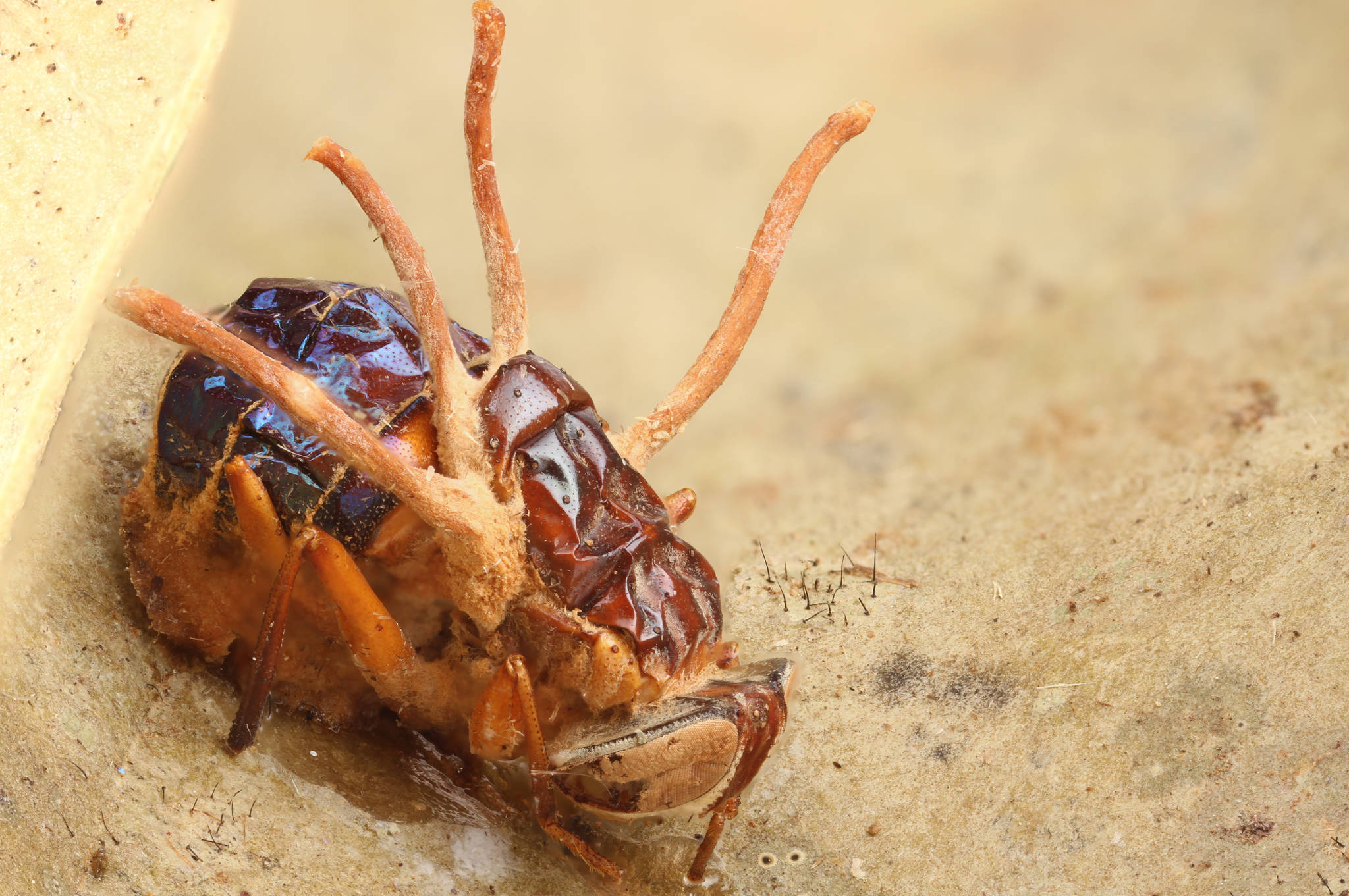By Mary F. Willson
For the Juneau Empire
The world is full of professional hijackers — species that make their living by commandeering the biology of another species for their own benefit. They are parasites, but not content just to eat their hosts, some of these pirates are very devious indeed. Here is a little sampling of the variety of hijackers.
At the micro-level, viruses are champion hijackers. Viruses are the ultimate parasites; they do not have the metabolic machinery for replicating themselves. They insert themselves into living cells, which do have the requisite machinery, and make use of the host-cells’ ability to copy genetic material and synthesize proteins. After replication of a virus by a host cell, the replicates emerge from the host cell, often killing the cell and spread to other cells.
Another example from the micro-level is a soil bacterium that causes crown galls on many plant species. It has two kinds of DNA: some on chromosomes and some in a little particle called a plasmid. The bacteria cling to host cells and insert their plasmid DNA into the DNA of a host cell, so it — along with the host DNA — is replicated when the host cells divide — thus hijacking the DNA replication mechanism of the host cell. The dividing cells with plasmid DNA don’t produce normal growth; instead, they form a tumor that secretes certain chemicals on which the bacteria feed while they cling to the outsides of the tumor cells. When new, the tumor is soft and readily invaded by other pathogens, which releases the clinging bacteria to invade other hosts.
At a more macro-level, we are familiar with the so-called willow roses, induced by tiny midges. The rose is a gall, housing the larval midge that feeds on the willow tissue. Normal growth of the shoot is stunted, so the leaves, instead of being spread along a twig, are bunched up into a rosette. Another example, discussed and illustrated in a previous essay, is the fungus that turns the leaves of white mountain heather into a red, nectar-bearing, fake flower, which is visited by insects that disperse the fungus.
[On the Trails: Fun facts about birdsong]
Fungi can be superb puppet-masters. Although many social insects, such as ants and termites, have defenses — that include social distancing — against fungus infections, those defenses are imperfect. A classic example is the fungus that turns Amazonian carpenter ants into zombies. The ants often forage on the forest floor. But when infected by this fungus, they climb up on understory foliage, a foot or so above the ground and clamp their jaws onto a leaf — permanently. While consuming nutrients from the host, the fungus has immobilized the ants’ muscles. Then, the fungus sends out spore-producing stalk from the ants’ heads, dispersing spores, many of which may fall on trails where the ants’ companions walk, completing the cycle on new hosts.
Some fungi invade a variety of insects — grasshoppers, some aphids, certain beetles — manipulating their behavior, causing what is sometimes called “summit disease.” The infected insects crawl up to the tips of grass stems or other elevated perches, where they sit, exposed to predators. But if they live long enough for the fungi to disperse their spores from this perch, the advantage to the fungus is clear.
In the animal kingdom, dirty tricks abound. A famous example is provided by the parasitic barnacle called Sacculina, which castrates and feminizes male crabs and neuters female crabs. Their favorite hosts were originally found in the eastern Atlantic but now have reached the shores of the Americas and elsewhere, and the parasites may come, too. A young female sacculina attaches to a crab, sheds its outer shell, and slides inside, where it takes over the digestive system. This prevents the crab from growing and molting. It also takes over the reproductive organs (preventing production of sperm by a male crab and eggs by a female crab) and the nervous system (causing behavior changes in the crab). A parasitized male crab develops ovaries and an unusually broad abdomen, like that of a normal female; the abdomen of crabs is normally folded up under the thorax, and that’s where the eggs are housed. After the parasite’s eggs are fertilized (by tiny, short-lived male parasites), parasitized crabs carry the brood under that broad abdomen for a few weeks. When the eggs are ready to hatch, the bewitched crabs climb up on rock, jostle themselves about to loosen up the brood and release the parasite larvae into the water currents to find a new host.
Insects get into the act too. There’s a parasitic wasp that lays its eggs in certain caterpillars. The wasp larvae feed on the host, turning it into a starving, shrunken but not-dead husk. Most of the larvae emerge simultaneously and spin their cocoons close by, but a few apparently stay behind and manipulate the caterpillar’s behavior. The still-living caterpillar husk helps defend the cluster of wasp pupae by rearing up and striking at would-be predators and hyper-parasites that would damage young wasps when they pupate. Wasp pupae defended by controlled caterpillars survived twice as well as those that were not so defended. The caterpillar, of course, dies.
And then there’s the flatworm whose immature stages carpet the brain of a freshwater killifish, causing the fish to twitch and thrash around. That peculiar behavior attracts foraging birds, which (not incidentally) are the next host for the parasitic flatworm.
Ain’t nature grand!
• Mary F. Willson is a retired professor of ecology. “On The Trails” is a weekly column that appears in the Juneau Empire every Wednesday.

